Secrets of Plumb Library Building in Shelton, CT
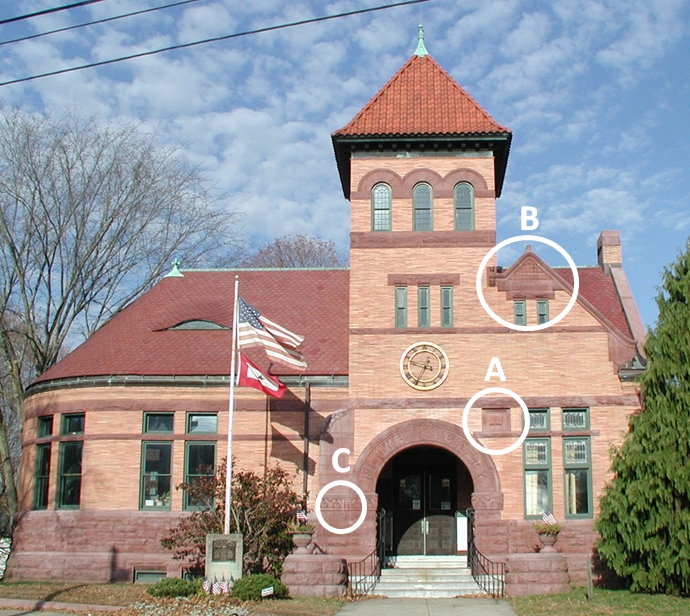
Click within the circles above to jump down to the explantion of each secret.
These "secrets" were discovered by my observation of the
Plumb Library
building and investigation on the internet. I took all of the photographs you see here and created this web page. I have no inside knowledge or access to old documents. The statements and conclusions here are my opinion. Please feel free to contact me if you have additional information.
Mike Robinson - Nov 21, 2011
elegantpie@hotmail.com
https://elegantpie.com

The
Roman numerals
carved on the building MDCCCXCIV = 1894.
Plumb Library
was built in 1894 and can only express information and ideas available at that time.
The initial conception and funds were provided by David Wells Plumb.
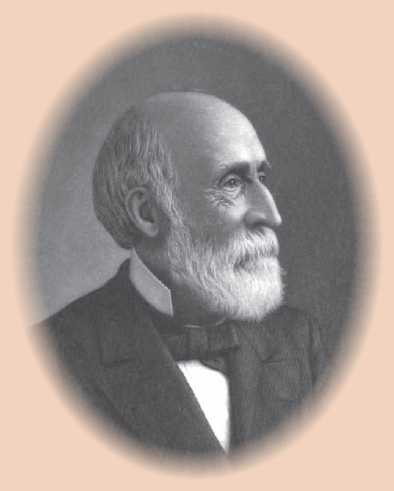
David Wells Plumb
Born: Oct. 13, 1808. Died: June 29, 1893.
David Wells Plumb
died
before the library was built so he was not able to provide instruction or guidance during construction. His brother Horace Plumb and his wife
Louise Wakelee Plumb
provided funds, the site next to the
Plumb home
, and had the library built. The architect was
Charles Beardsley Jr.
of Bridgeport, construction by Beardsley Company of Huntington. For more information see:
https://sheltonlibrarysystem.org/about-us/#history
Plumb_Memorial_Library - National Register of Historic Places - Nomination Form
Plumb_Memorial_Library - National Register of Historic Places
Plumb Memorial Library - Wikipedia
Plumb Library Dedication - NY Times - Dec 5, 1895
Plumb Library Dedication - Hartford Courant - Dec 5, 1895
Secret A
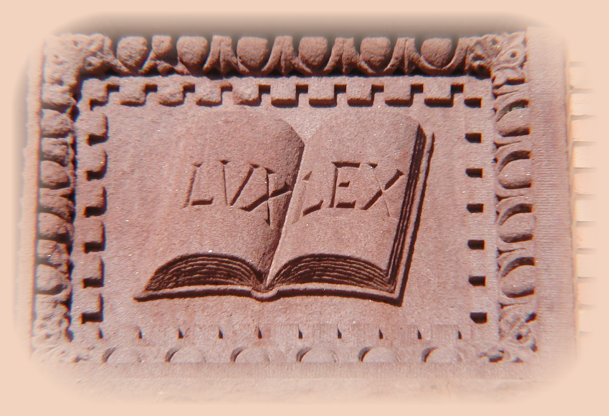
The first "secret" is not much of a secret. It's a book. As you might expect to find on a library. Everyone knows it is there, but what are the words in the book?
At first glance it looks like LVX LEX. The first thing we need to do is turn the V into a U so that it reads LUX LEX. It seems that stonecutters often cut a U as a V. For an example of this, see the Plumb inscription above where every U is carved as a V. At first I thought it might be difficult to cut curved lines with a stone chisel. Then I considered the smooth curves we see in stone sculpture and decided it was more of a stylistic convention.
So now we have LUX LEX. This is Latin: LUX = Light and LEX = Law. So the inscription means Light and Law. A reasonable enough inscription for a library. Books shed light on the world and the law has been inscribed in books going all the way back to the first book, The Bible. This could be a bible although there is no other indication of the book type. I thought this might be a common inscription on carved stone books found on buildings, especially libraries, but I could find no other clear examples of stone books with this inscription.
I did discover that the motto of
Franklin and Marshall College
in Lancaster Pennsylvania is LUX ET LEX:
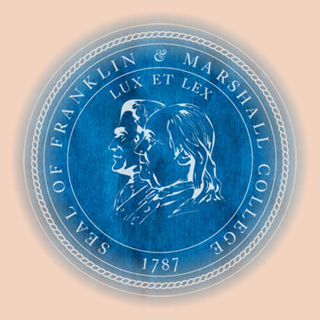
Did Plumb, his family, or the architect have a relationship to this college? The college did exist when the library was built.
Tracing a different thread, the following Latin prayer is found in early Christian catacombs:
JESU ESTO MIHI JESUS, LUX - REX - DUX - LEX
Meaning:
O Jesus, be to me my Saviour (Healer), Light - King - Leader - Law
This is also seen elsewhere in the form of a cross:

https://seiyaku.mobi/customs/crosses/dux-lux-rex-lex.php
This lends some further weight to the idea that this might be a Bible. This inscription is found in many places scattered throughout history since the time of Jesus Christ.
The cross with Lux/Lex is also seen in nearby Yale Battell Chapel built in 1876, about 20 years before construction of Plumb Library:
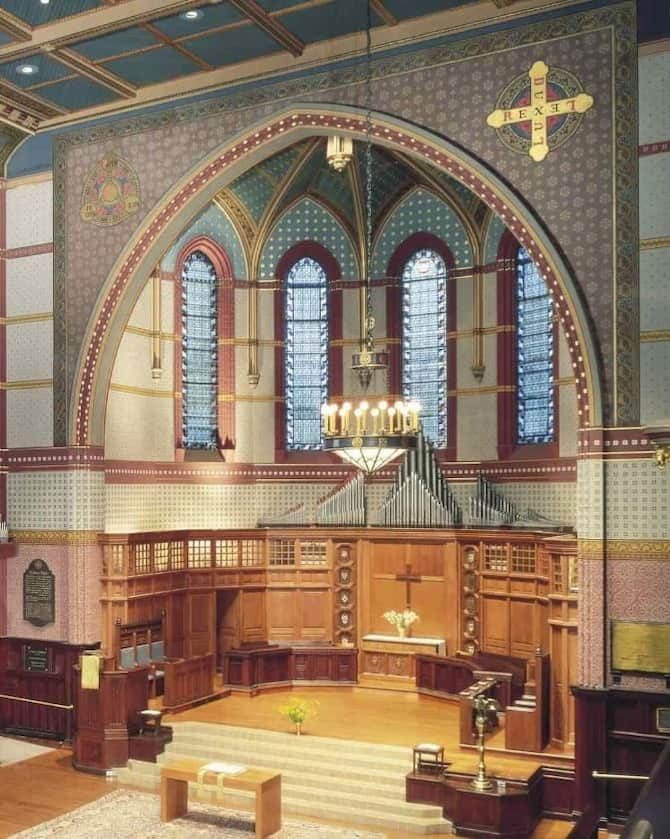
Yale Battell Chapel, New Haven, Connecticut
Secret B
Did you know that Plumb Library has its very own gargoyle?
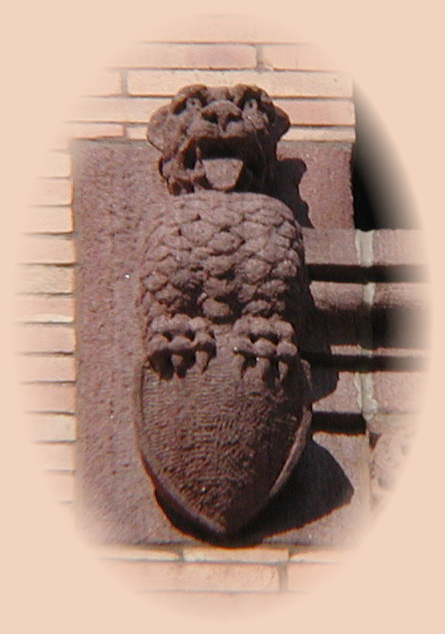
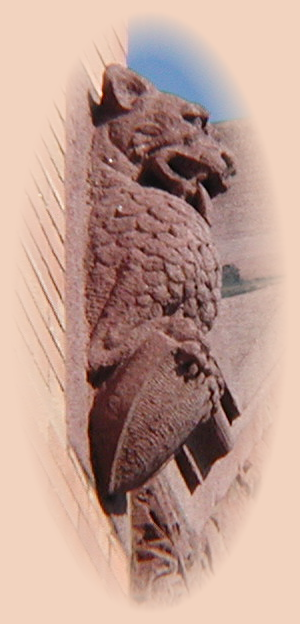
Well, not a gargoyle actually. In a literal sense a
gargoyle
also incorporates a roof drain. This is more accurately described as a
grotesque
.
Still, in the real world, I think most people still call such things a gargoyle.
Not very scary as gargoyles go. Perhaps more in the humorous category with the hanging tongue. Looks like it might be a feathered lioness, monkey, or dog, grasping a shield with its talons. The feathers and talons suggest it might also have unseen wings like many
other gargoyles
.
Is it guarding the books like the
lion
in front of the New York Public Library? There are many somewhat similar gargoyles throughout the world, but I was not able to find any other rendition of this exact little fellow. I think the sculptor missed an opportunity for an additional statement by omitting an inscription on the shield.
What does he say to you?
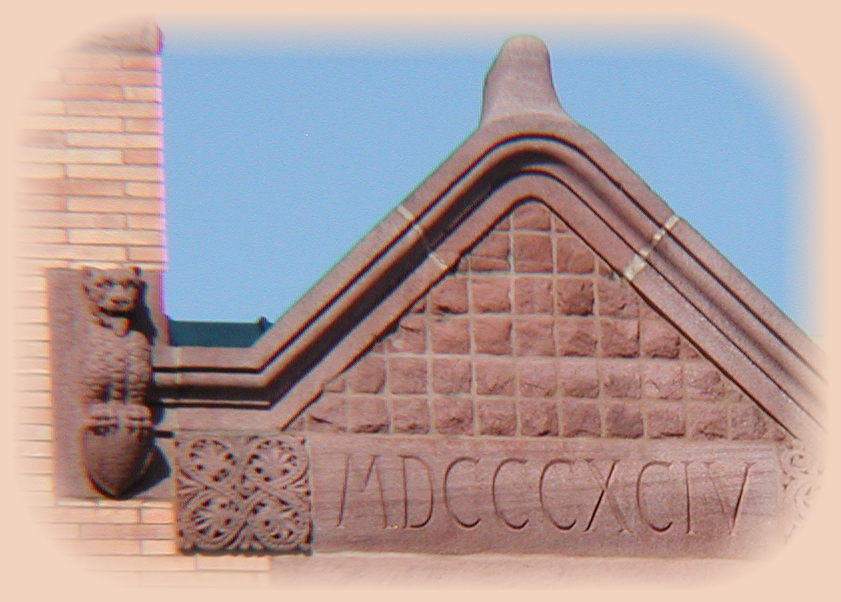
The Plumb family
arms and crest
do not bear this animal:

Plumb Arms
- Argent, a bend vaire, or and gules, between two bendlets vert.
Crest
- Out of a ducal coronet, or, three ostrich plumes, proper.
There are two somewhat similar animals on the
Ansonia Public Library
constructed three years earlier in 1891:
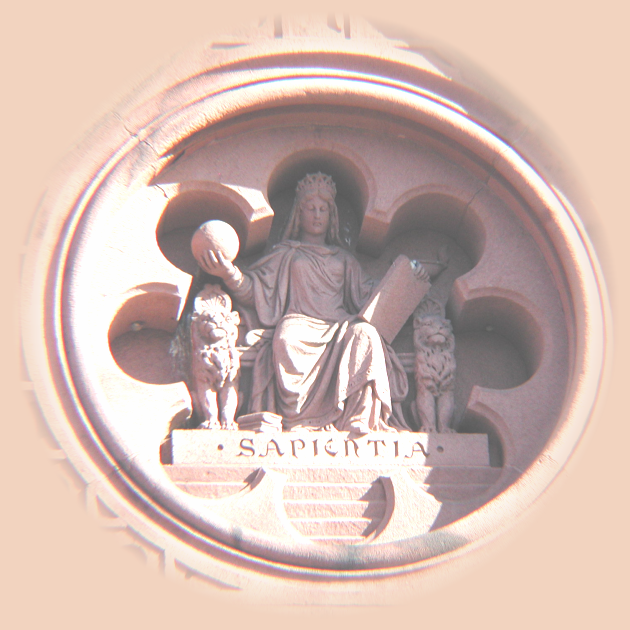
The Plumb Library architect and sculptor must have been aware of the Ansonia Library sculpture a few miles away. Sapientia is Latin for wisdom. This is probably
Minerva
the Roman goddess of wisdom. Both Libraries were done in the
Richardson Romanesque
style.
Secret C
Finally we come to the best secret, the face in the vines:
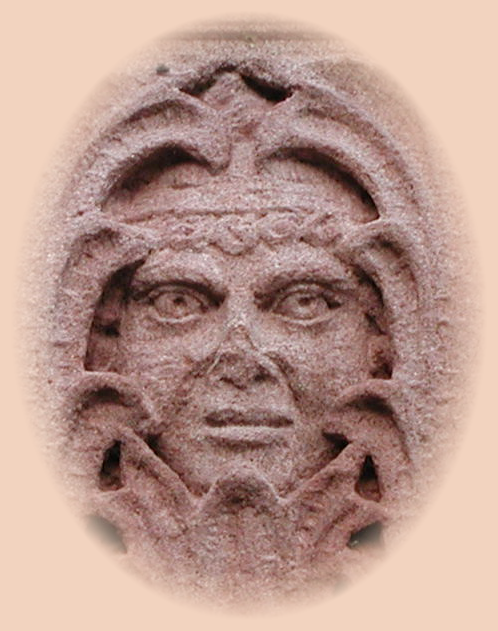
Who is this?
He or she does not look happy. The mouth is flat in a wince or sneer. There is a headdress or hat that seems pointed at the top and might hang down and drape around the face with braids across the forehead. There may be earrings or some object in or near the ears. The nose seems to have been chipped away, perhaps by vandals. The area around the nose could be cheekbones or might be the edges of a mask covering the upper face but leaving the nose tip, mouth, and chin exposed. The overall shape of the cap and face is also suggestive of an acorn in agreement with the plant theme. This is the one and only face seen on this building although there are four other similar rectangular areas in this row where a face could have been placed:

These are stylized
anthemion
(palmette) motif
acanthus
leaves, widely used in architecture to emulate ancient Greek temples and
Corinthian order
column capitals. Even the broken nose may have been on the original as an attempt to appear old and weathered.
This may be
Attis
the Phrygian god of vegetation:
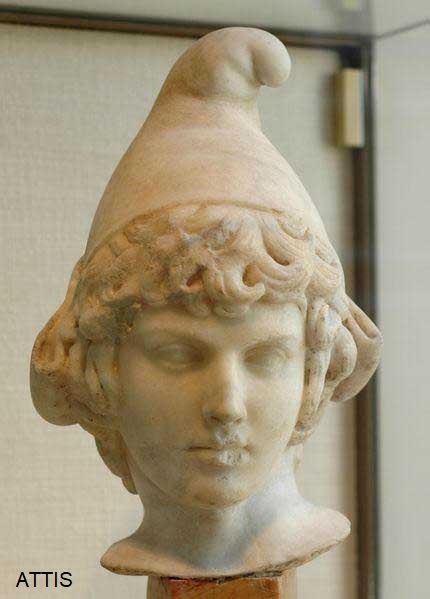
According to Ovid's epic Latin poem Metamorphoses, Attis transformed himself into a pine tree.
On the library, he/she seems to be wearing a conical
Phrygian Cap
that came to signify freedom and liberty in both the American and French Revolutions. The original cap of liberty was the
Roman Pileus
,the felt hat of emancipated slaves in ancient Rome, also seen on
Libertas
the Roman goddess of liberty.
A similar face and cap can be seen on the ancient Greek site of
Aphrodisias
named after
Aphrodite
the Greek goddess of love.
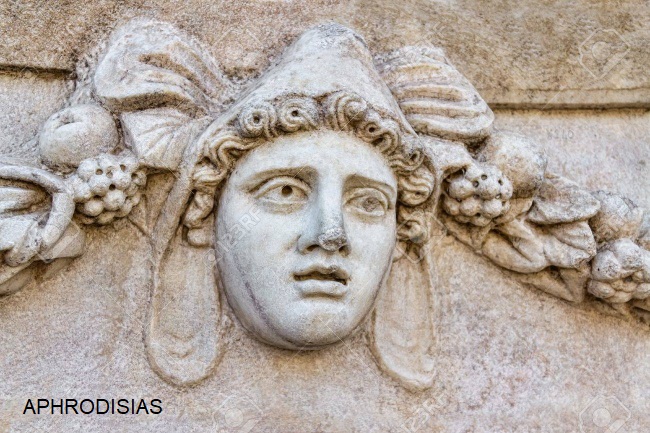
The Plumb Library image could also be
Minerva
the Roman goddess of wisdom who is also seen on the front of the Ansonia Library shown above. Minerva is often represented with forehead braids or garland, and various elaborate headdresses. Her facial expression is usually serious or thoughtful.
Sculpting a face growing within some vegetation is a common theme seen in many places and known as a
Green Man
.
Placing a face on a work of art is sometimes used as a secret joke to include the likeness of someone liked or disliked by the artist. The rich men who built these elaborate
Richardson Romanesque
buildings at the turn of the century would sometimes even include the face of an ex-wife or mistress. In this case the person is forever entombed, never to escape, within the growing vines.
The Grave of David Wells Plumb
David Wells Plumb
and his wife
Louise Wakelee Plumb
are buried in Riverside Cemetery on Route 110 (River Road) in Shelton Connecticut. There is one large family stone marked Plumb and
8 smaller stones
, one for each person. It is a beautiful quiet site in the back of the cemetery next to the river and a large old tree.
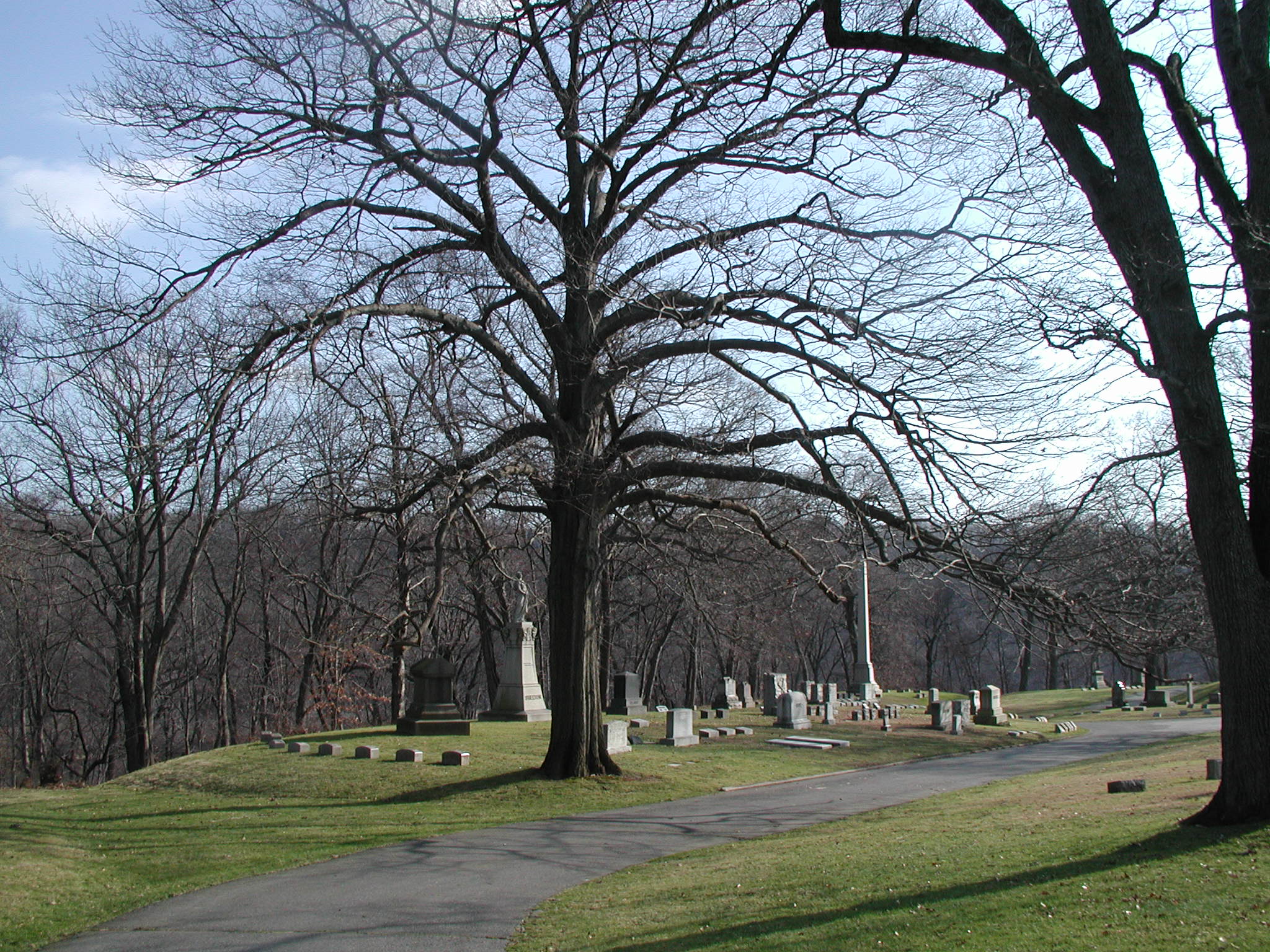
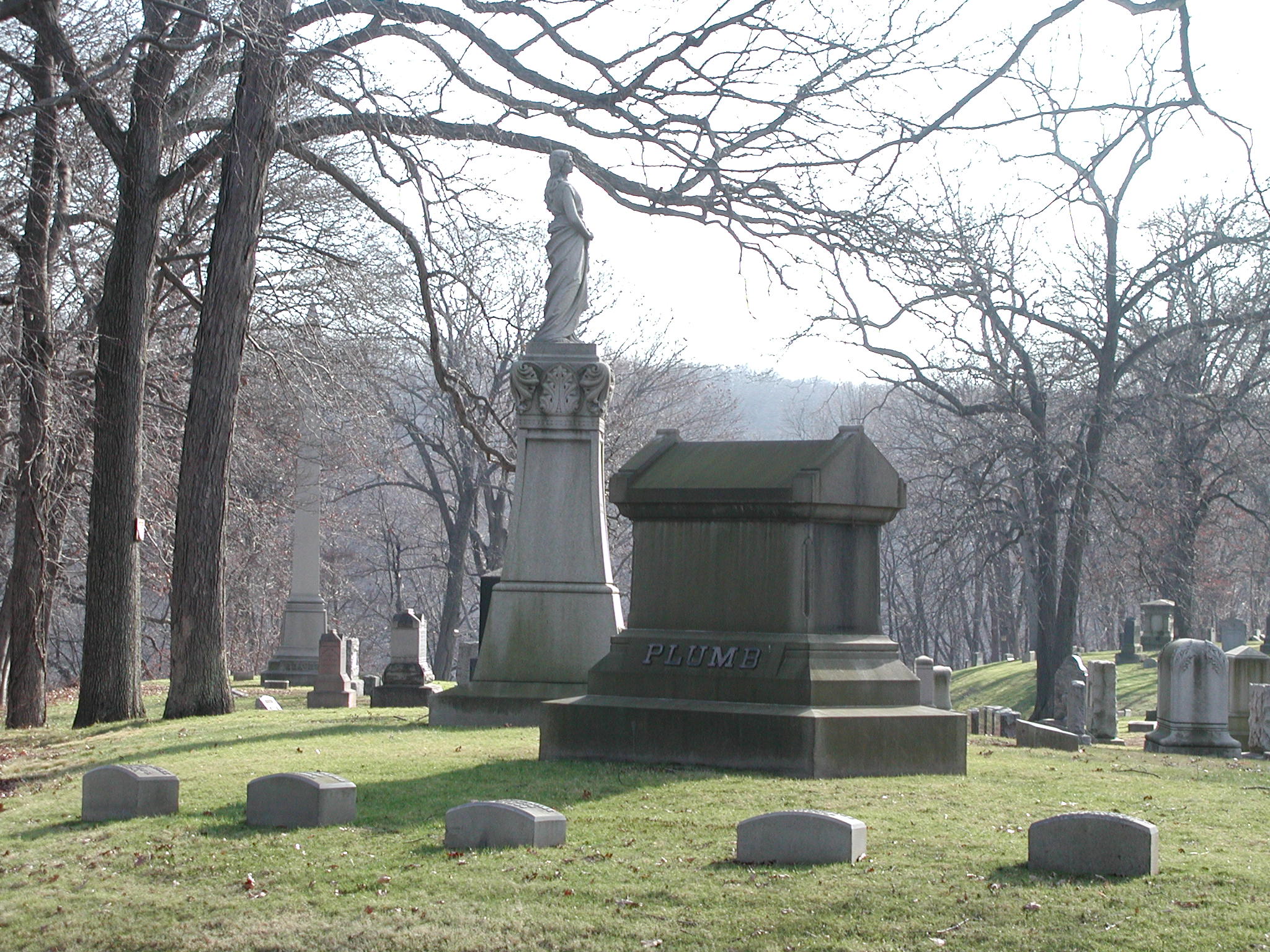
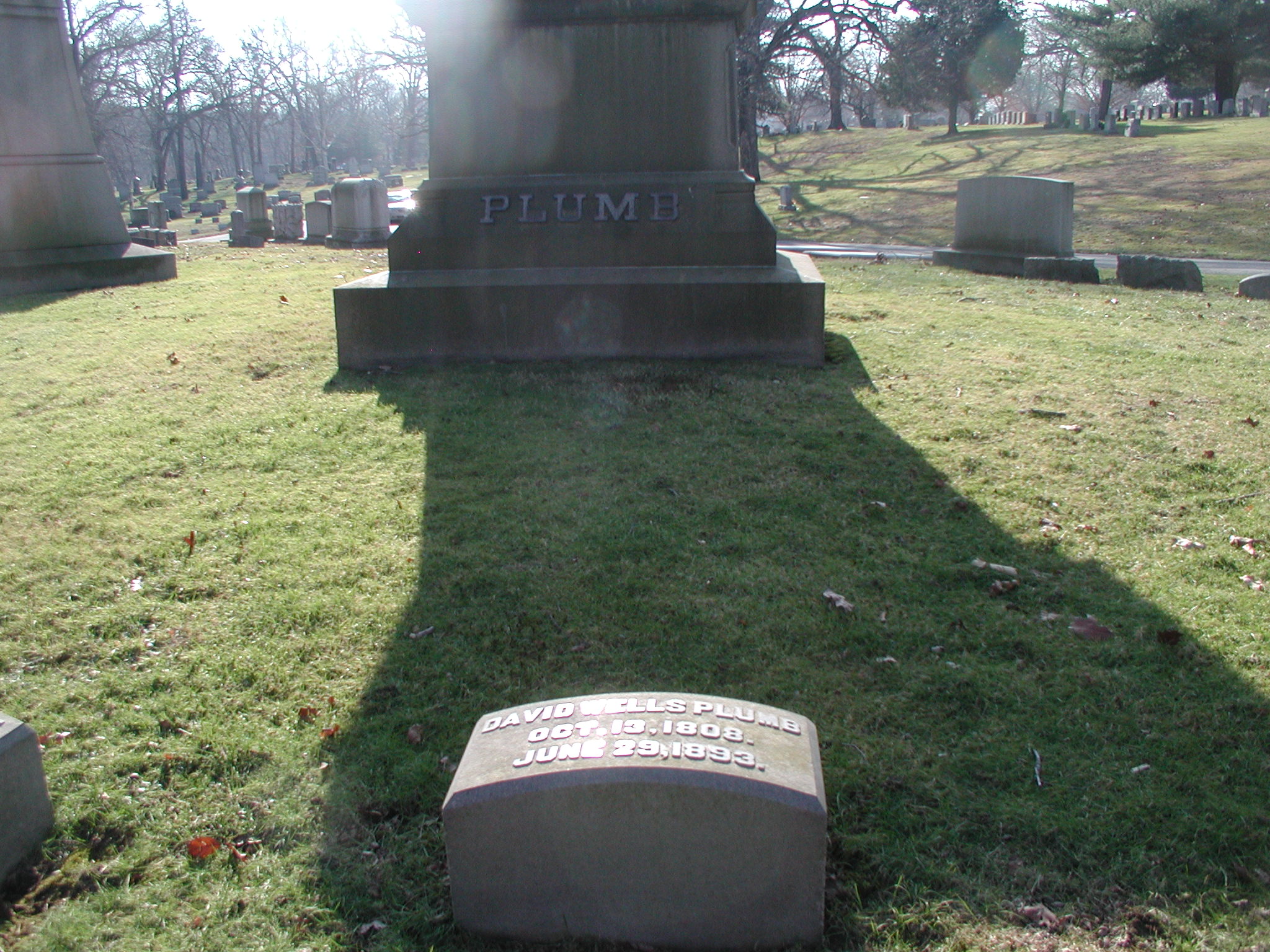
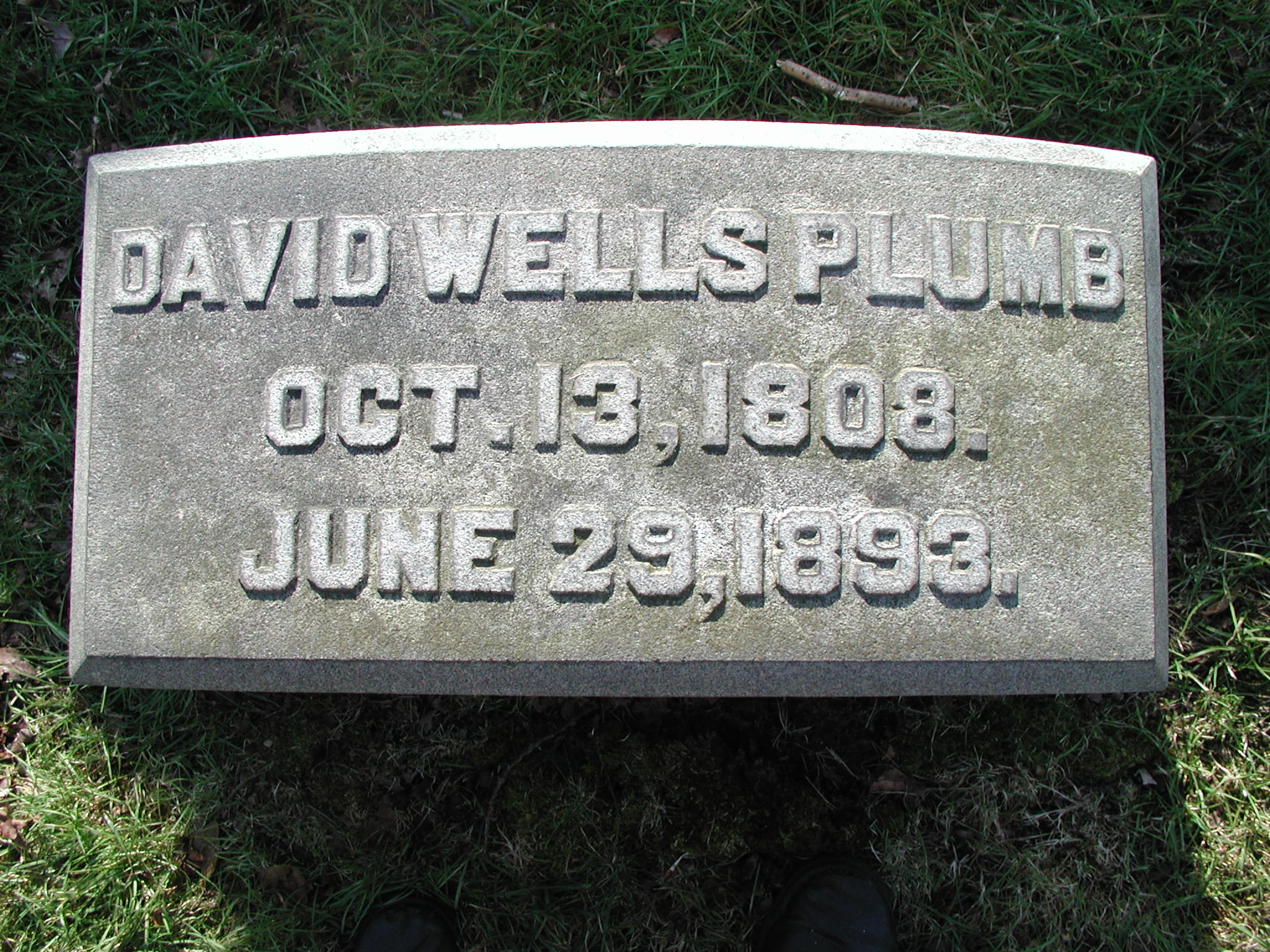
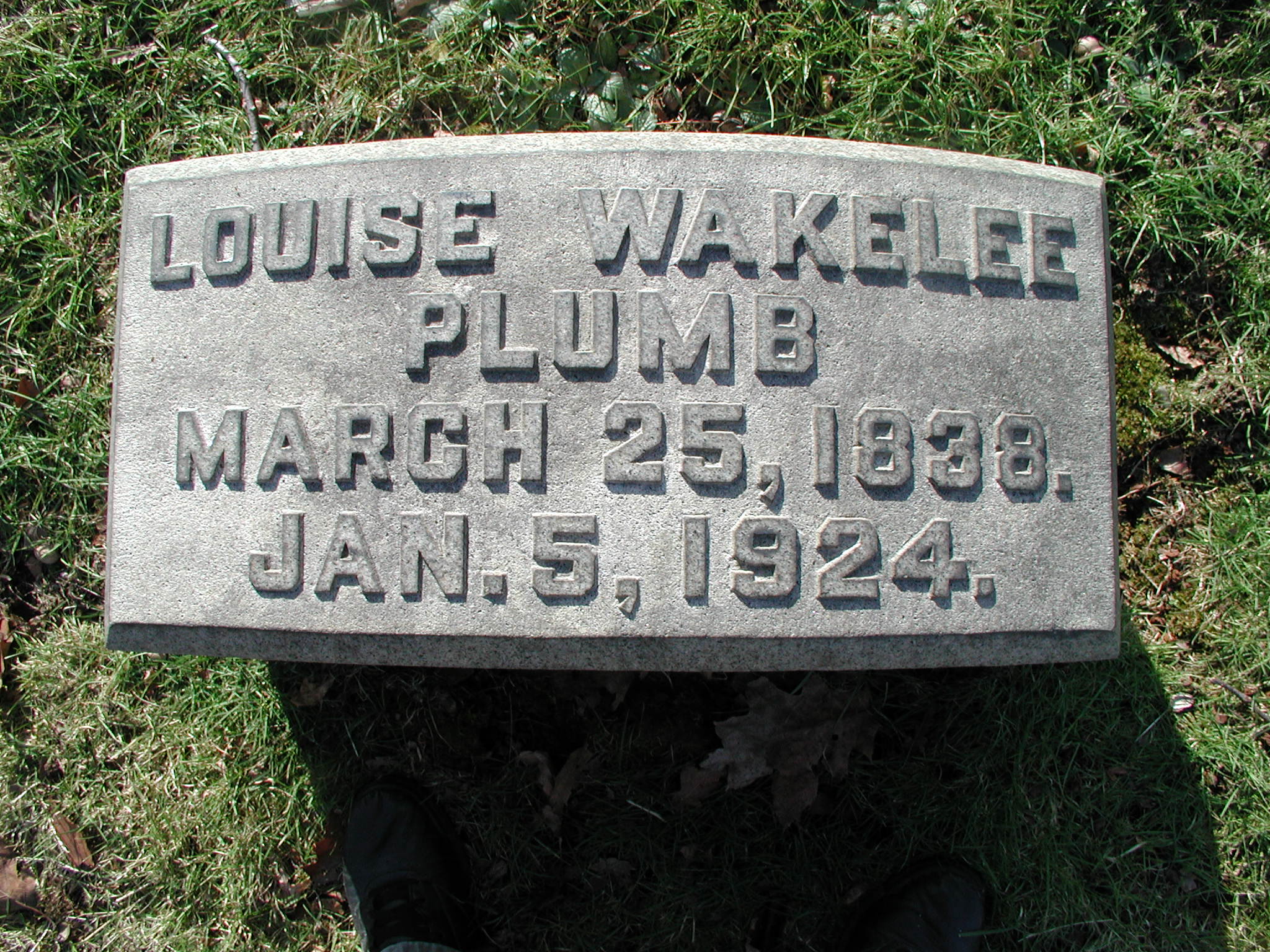
Riverside Cemetery
, River Road (Route 110)
Shelton
Connecticut:


Mike Robinson - Nov 21, 2011
Minor Revision - Jan 26, 2020
Added Historical Drawings of
Original Plumb House and Library
- May 27, 2021
Added details on Attis and Phrygian Cap - Jun 20, 2021
elegantpie@hotmail.com
https://elegantpie.com






















